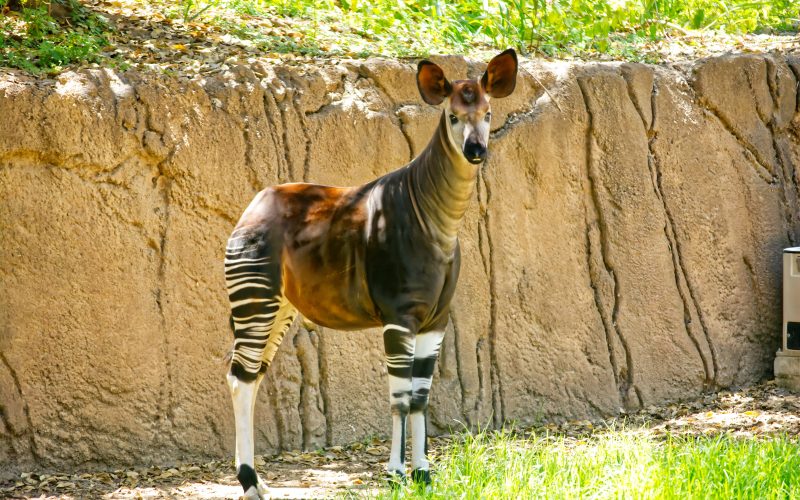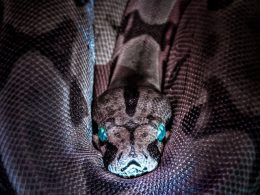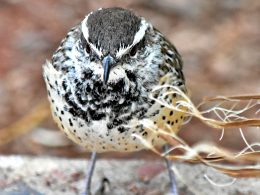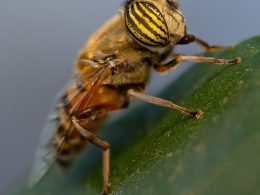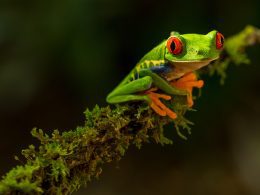Okapi, the elusive mammal found in the dense forests of Central Africa, is a relatively unknown species to many people. The animal has a unique appearance, with a body shape similar to a giraffe but striped like a zebra. Here, we will delve deeper into the life of this hidden gem of the African forests.
The okapi, also known as the “forest giraffe” or “zebra giraffe,” is native to the dense rainforests of the Democratic Republic of the Congo. Although it may resemble a zebra or a giraffe, it is actually the only living member of the family Giraffidae besides the giraffe. The animal was first described in 1901 by Sir Harry Johnston, a British explorer, who discovered it during his expeditions in the Congo.
Despite being relatively unknown, the okapi has a vital role in the ecosystem. The animal is a herbivore and feeds on leaves, fruit, and bark. Its long tongue can reach up to 18 inches, which allows it to strip leaves from trees and other plants. Additionally, the okapi is an important seed disperser, as it eats fruits and then excretes the seeds in different locations, aiding in plant diversity.
One of the main reasons why the okapi is difficult to spot in the wild is due to its secretive nature. The animal is mostly active during the night, and its striped coat helps it blend into the shadows of the forest. Okapis have excellent hearing, which helps them detect predators and communicate with other members of their species. They also have scent glands on their feet, which they use to leave scent trails and mark their territories.
Unfortunately, the okapi is facing numerous threats, including habitat loss and poaching. As the human population grows and expands, the forests that the okapi calls home are being destroyed for logging, agriculture, and other human activities. Additionally, the animal’s meat and skin are in high demand in illegal wildlife trade, putting them at risk of extinction.
To help protect the okapi, conservation efforts are being implemented in the areas where the animal is found. Conservation organizations are working to educate local communities on the importance of preserving the forests and the animals that live in them. They are also establishing protected areas where the okapi and other wildlife can thrive without fear of human interference.
In conclusion, the okapi is a unique and important animal that plays a crucial role in the ecosystem of the African forests. Although it is facing numerous threats, efforts are being made to protect it and preserve its habitat. As humans, it is our responsibility to work towards a future where the okapi and other endangered species can continue to live in harmony with their environment.






